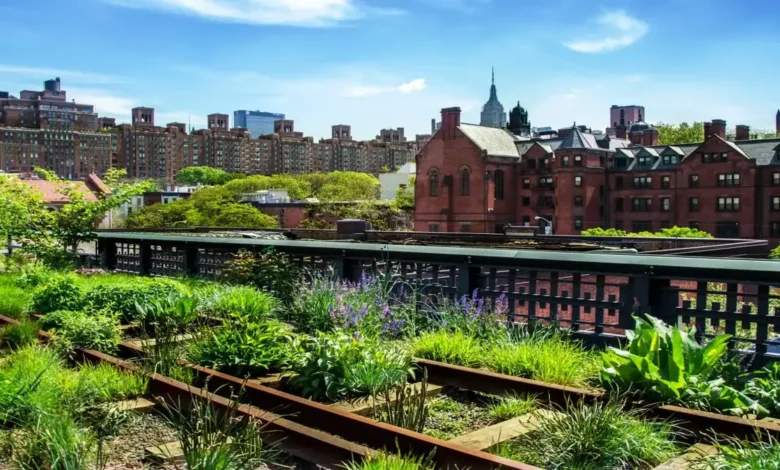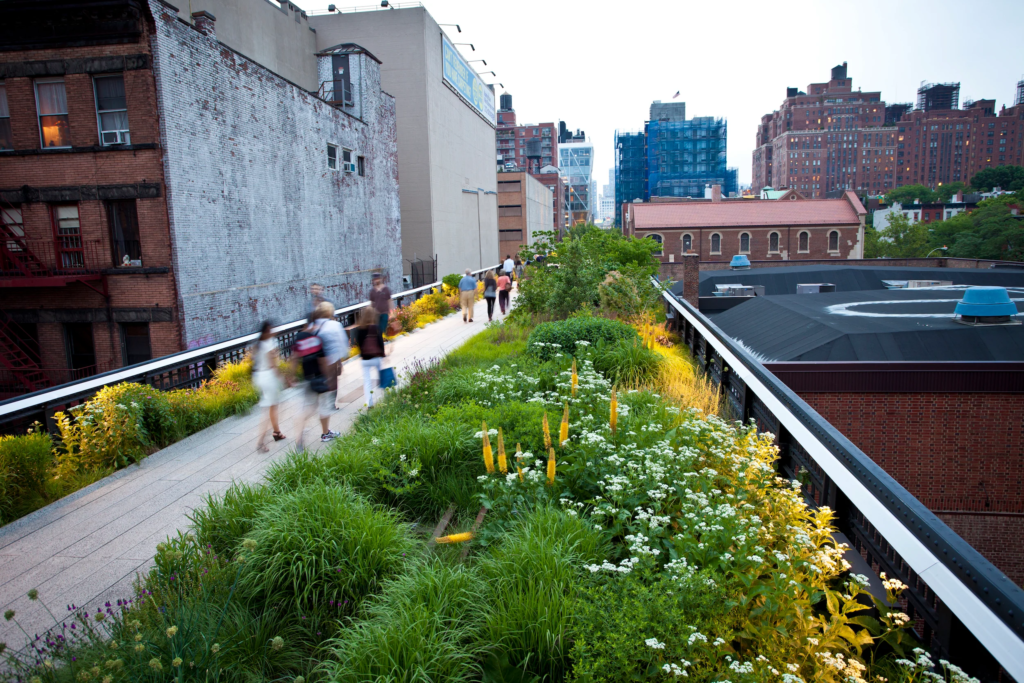Tiny Zones: Exploring the World of Compact Spaces and Specialized Areas

Introduction to Tiny Zones
The concept of “tiny zones” might sound niche, but it’s a fascinating subject that applies to a wide array of disciplines and lifestyles. are small, defined spaces with specific purposes. They can be physical areas like cozy work nooks, virtual spaces like niche websites, or metaphorical zones representing focused mindsets.
In a world where bigger is often seen as better, tiny zones challenge the status quo. These compact spaces emphasize efficiency, creativity, and functionality, proving that small areas can have a big impact. Let’s dive into the different contexts where shine and why they’re becoming increasingly relevant.
Tiny Zones in Interior Design: Maximizing Minimal Spaces
In interior design, tiny zones are all about creating functional pockets of space within a home or office. As urban living becomes more compact, the need to optimize small spaces has grown. are the solution, transforming corners, underutilized areas, or even closets into practical and aesthetic spaces.
For example, a tiny zone could be a reading nook with a single chair, a small shelf, and a floor lamp. It’s not about the size—it’s about the purpose. Designers use clever tricks like multipurpose furniture, vertical storage, and creative lighting to make these spaces feel intentional and cozy. Tiny zones in homes prove that even a few square feet can become a sanctuary for productivity or relaxation.
The Rise of Tiny Zones in Technology
In the tech world, tiny zones take on a digital form. Think of micro-websites, niche forums, or specialized apps that cater to highly specific needs. These “tiny” virtual spaces focus on serving a narrow audience, offering a curated experience that larger platforms often overlook.
For instance, in gaming communities allow players to discuss obscure strategies or mods. Similarly, forums dedicated to a single hobby, like miniature painting or urban gardening, create a sense of belonging. These digital thrive because they provide focus and depth, something broad platforms often lack.
Tiny Zones in Productivity: The Power of Focus
The term “tiny zones” can also refer to mental states—those focused periods where you zero in on a single task. Known as the “flow state,” this tiny mental zone is where some of the most productive and creative work happens.
To create a tiny productivity zone, it’s essential to eliminate distractions. Setting up a designated workspace, scheduling specific times for deep work, and using tools like noise-canceling headphones can help. The idea is to cultivate a small but powerful mental zone where you can accomplish big things.
Tiny Zones in Urban Planning: Smart Solutions for Big Cities
Urban planners are increasingly turning to tiny zones to solve the challenges of overcrowding and limited resources. Pocket parks, for example, are tiny green spaces tucked into cityscapes, providing a breath of fresh air in dense urban areas.
Similarly, in public transportation, like micro-mobility hubs, make getting around cities easier and more efficient. These zones often feature bike-sharing stations, scooter docks, and pedestrian-friendly pathways. By focusing on small, specialized areas, urban planners can address specific needs without requiring large-scale overhauls.
The Appeal of Tiny Zones in Modern Lifestyles

Why are tiny zones so appealing? For one, they represent simplicity and intentionality in a world that often feels overwhelming. encourage us to slow down and focus on what truly matters, whether it’s a hobby, a task, or simply finding a moment of peace.
Additionally, are inherently sustainable. They make use of limited resources, whether that’s space in a small apartment or time in a busy schedule. By prioritizing quality over quantity, promote a more mindful and efficient way of living.
Creating Your Tiny Zones
Designing tiny zones in your life doesn’t require a huge budget or dramatic changes. Start small—literally. Identify underutilized areas in your home or aspects of your daily routine that could benefit from more focus.
For physical spaces, consider converting a corner into a mini yoga area or a wall into a gallery of cherished photos. For mental zones, try dedicating 15 minutes a day to a single activity, like journaling or meditating. The key is to create boundaries and define a clear purpose for each zone.
The Future of Tiny Zones
As our world continues to evolve, tiny zones are likely to play an even bigger role. From smart cities integrating into their designs to virtual spaces fostering niche communities, the possibilities are endless.
remind us that sometimes, less truly is more. By embracing small spaces and focused efforts, we can create a world that values quality, sustainability, and intentionality. Whether in design, technology, or personal productivity, are a powerful tool for making the most of what we have.
Conclusion: The Big Impact of Tiny Zones
Tiny zones may be small in size, but their impact is anything but minor. They encourage us to rethink how we use space, time, and resources, proving that thoughtful design and intentionality can lead to significant benefits.
Whether you’re designing a cozy nook in your home, diving into a niche online community, or carving out time for focused work, offer endless possibilities. Embrace the power of small spaces and discover how they can transform your life.





